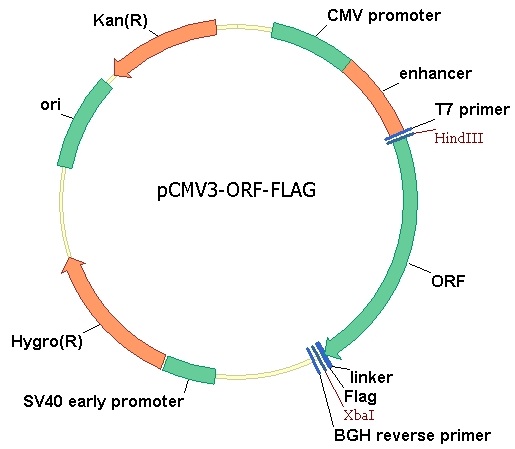EPHB4
| Gene Symbol | EPHB4 |
|---|---|
| Entrez Gene | 2050 |
| Alt Symbol | HTK, MYK1, TYRO11 |
| Species | Human |
| Gene Type | protein-coding |
| Description | EPH receptor B4 |
| Other Description | ephrin receptor EphB4|ephrin type-B receptor 4|hepatoma transmembrane kinase|soluble EPHB4 variant 1|soluble EPHB4 variant 2|soluble EPHB4 variant 3|tyrosine-protein kinase TYRO11|tyrosine-protein kinase receptor HTK |
| Swissprots | B5A970 P54760 B5A971 Q7Z635 Q9BXP0 Q9BTA5 B5A972 |
| Accessions | AAK21010 AAL14194 CAT16953 EAL23820 EAW76468 EAW76469 EAW76470 P54760 AB209644 BAD92881 AK301224 BAG62797 AY056048 AAL14195 BC004264 AAH04264 BC052804 AAH52804 CB962032 EU826608 ACF47644 EU826609 ACF47645 EU826610 ACF47646 U07695 AAA20598 NM_004444 NP_004435 |
| Function | Receptor tyrosine kinase which binds promiscuously transmembrane ephrin-B family ligands residing on adjacent cells, leading to contact-dependent bidirectional signaling into neighboring cells. The signaling pathway downstream of the receptor is referred to as forward signaling while the signaling pathway downstream of the ephrin ligand is referred to as reverse signaling. Together with its cognate ligand/functional ligand EFNB2 plays a central role in heart morphogenesis and angiogenesis through regulation of cell adhesion and cell migration. EPHB4- mediated forward signaling controls cellular repulsion and segregation form EFNB2-expressing cells. Plays also a role in postnatal blood vessel remodeling, morphogenesis and permeability and is thus important in the context of tumor angiogenesis. {ECO:0000269|PubMed:12734395, ECO:0000269|PubMed:16424904}. |
| Subcellular Location | Cell membrane {ECO:0000269|PubMed:8188704}; Single-pass type I membrane protein {ECO:0000269|PubMed:8188704}. |
| Tissue Specificity | Abundantly expressed in placenta but also detected in kidney, liver, lung, pancreas, skeletal muscle and heart. Expressed in primitive and myeloid, but not lymphoid, hematopoietic cells. Also observed in cell lines derived from liver, breast, colon, lung, melanocyte and cervix. {ECO:0000269|PubMed:8188704}. |
| Top Pathways | Axon guidance |
Search more

